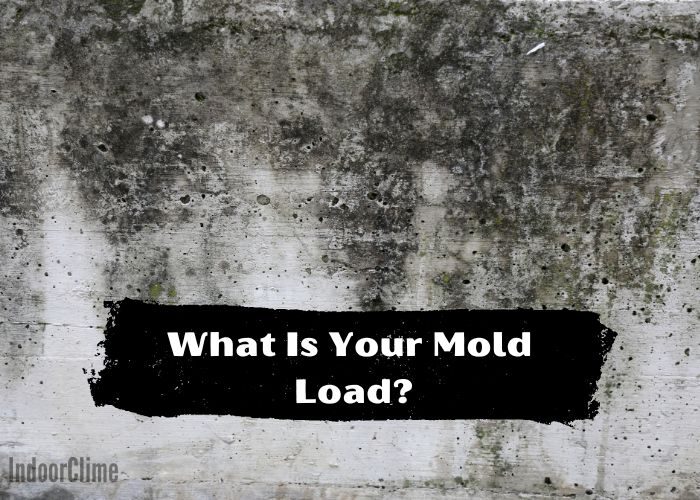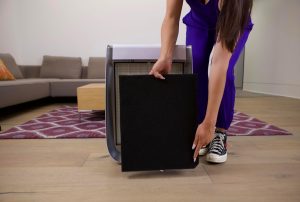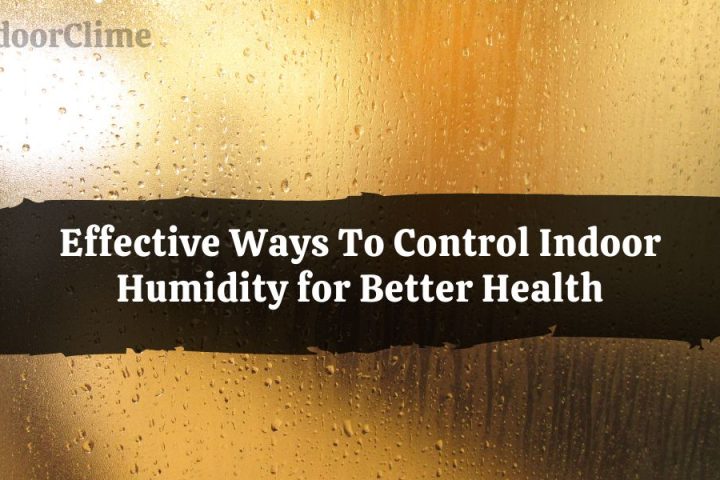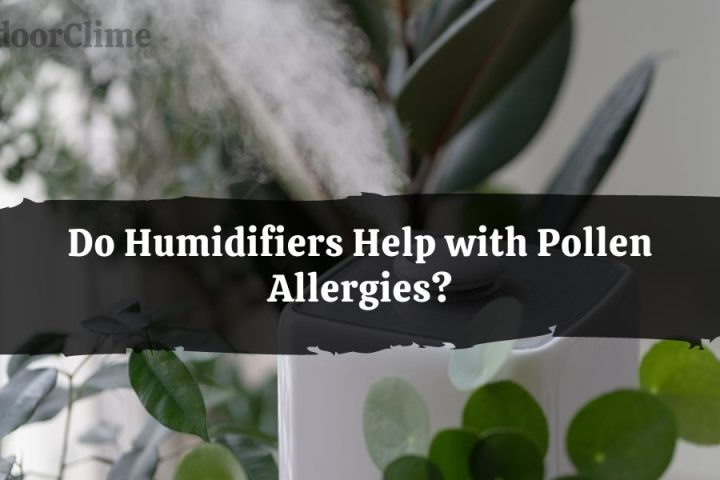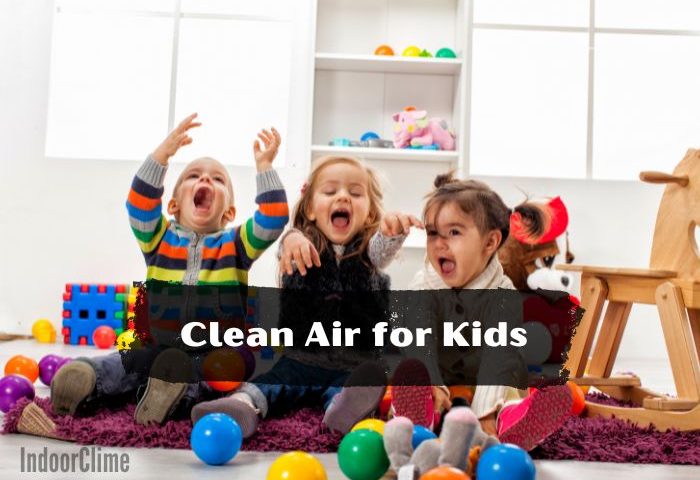Most people think mold is something that only shows up in old basements, flooded homes, or in dramatic photos on the internet. The truth is much simpler and more alarming.
You already have mold in your home. Everyone does.
The real question isn’t if mold is present. It’s how much, which species, and how strongly it affects your health.
This combination is known as your mold load.
Because modern homes are sealed so tightly to save energy, we end up trapping humidity, dust, and mold spores inside. Without sunlight or wind, two natural mold destroyers, indoor mold becomes far more aggressive than outdoor mold.
In this article, you’ll learn what mold really is, what “black mold” means, how to get rid of it safely, and whether common DIY tricks like vinegar or bleach actually work.
You’ll also learn the health symptoms to watch for, including mold allergy symptoms that many people don’t recognize.
What Is Mold?
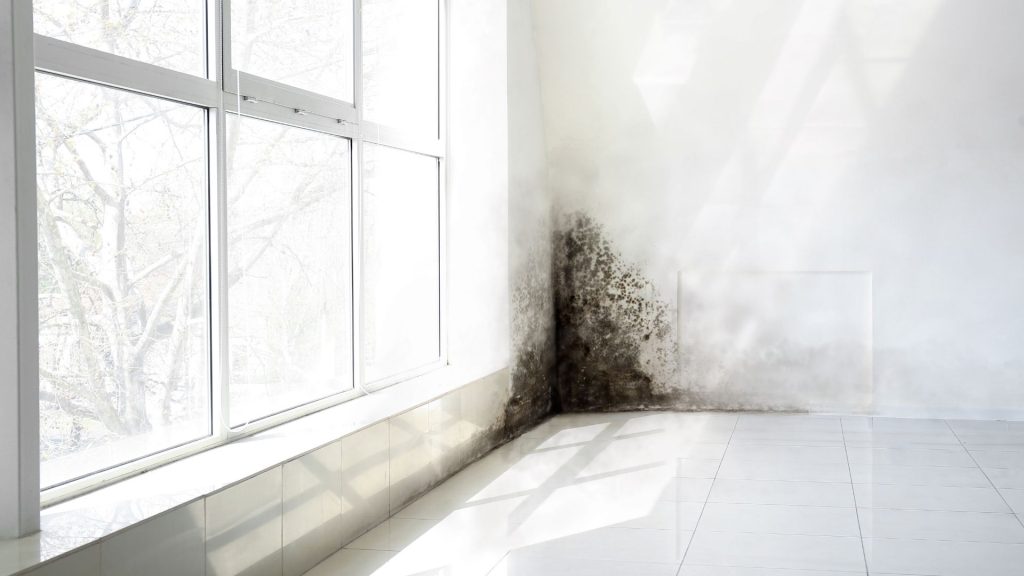
Mold is a type of fungus that thrives in damp, humid environments. It reproduces using spores — tiny particles that float through the air. Some mold spores are as small as 2 microns (2/1000 of a millimeter), so you’ll never see them with the naked eye.
Outdoors, mold helps break down dead leaves, wood, and plants.
Indoors, it becomes a health hazard.
There are over 100,000 known species of mold, but the most common found in homes include:
- Aspergillus
- Penicillium
- Cladosporium
These can grow behind walls, under cabinets, in bathrooms, attics, crawlspaces, and anywhere moisture collects.
What Is Black Mold?

“Black mold” is a common nickname for Stachybotrys chartarum, a toxic mold species that produces mycotoxins — chemicals that can cause inflammation, respiratory issues, and neurological symptoms in sensitive individuals.
Contrary to popular belief:
- Not all black-colored mold is Stachybotrys
- And Stachybotrys isn’t always visible
It often grows behind walls where leaks or high humidity go unnoticed.
How Do I Know If I Have Mold?
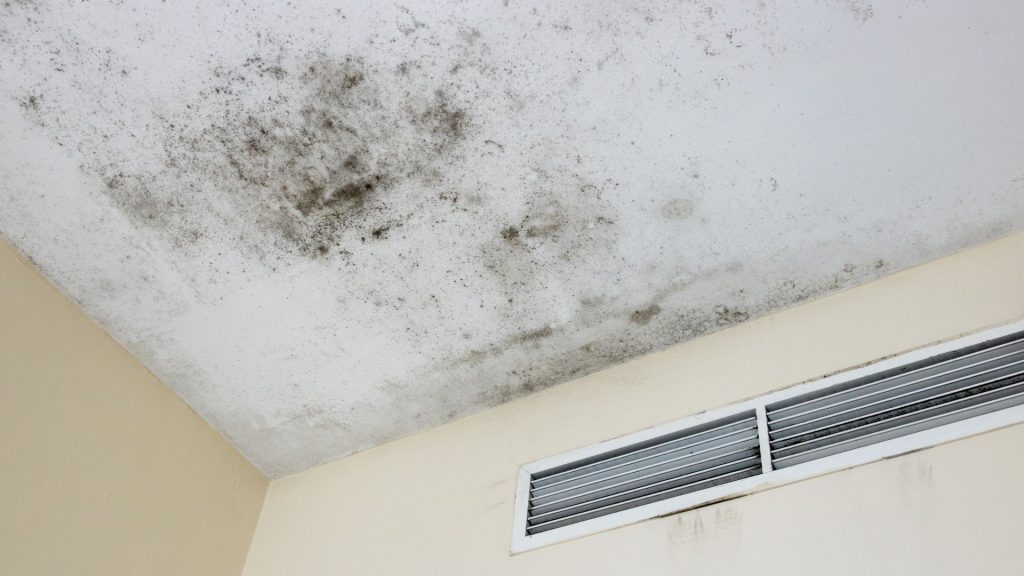
Short answer: you do. But the important part is knowing how much and what kind.
Signs you may have a mold problem:
Visible Signs
- Dark patches on walls, ceilings, or grout
- Peeling paint
- Water stains
- Condensation on windows
- A musty or “earthy” smell
Hidden Mold Signs
Mold is often invisible. These are warning signs:
- Chronic coughing, sneezing, or congestion at home
- Brain fog, fatigue, or headaches that improve when you leave the house
- Worsening allergies indoors
- Persistent moisture near plumbing, rooflines, or windows
If you suspect a problem, air testing can reveal the mold species and concentration.
Mold Allergy Symptoms
Many people experience mold issues without realizing mold is the cause.
Common symptoms include:
- Sneezing
- Itchy or watery eyes
- Sinus pressure
- Runny nose
- Post-nasal drip
- Dry cough
- Wheezing
- Skin rashes
- Worsening asthma
If your symptoms get better when you travel or go outside, mold exposure indoors may be the reason.
Can Mold Make You Sick?
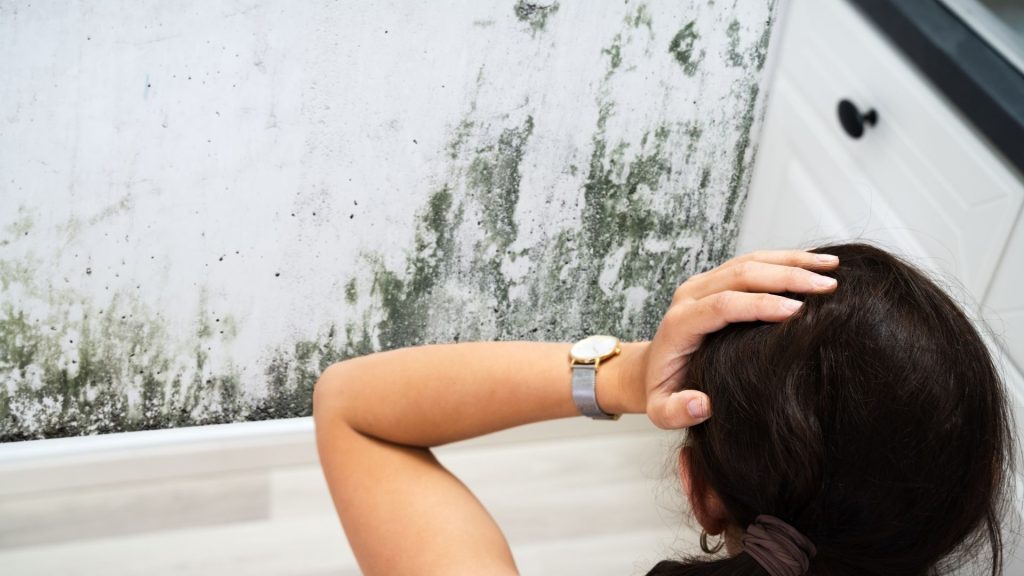
Yes. Mold can absolutely affect your health.
Depending on the species and your sensitivity, exposure can trigger:
Respiratory Issues
- Chronic coughing
- Shortness of breath
- Asthma flare-ups
Neurological Symptoms
- Brain fog
- Memory issues
- Mood swings
- Headaches
Immune Response
- Fatigue
- Joint pain
- Skin irritation
People with allergies, asthma, or weakened immune systems are at higher risk.
Can Mold Kill You?
While rare, severe mold exposure can be life-threatening, especially for:
- Infants
- Elderly individuals
- People with chronic lung diseases
- Those with compromised immunity
Most people will not experience fatal complications, but prolonged exposure to toxic mold can lead to long-term health damage if left untreated.
Does Vinegar Kill Mold?

Yes, white distilled vinegar can kill many types of household mold.
It’s effective on non-porous surfaces like:
- Glass
- Tile
- Metal
- Countertops
How to use it:
- Spray undiluted vinegar directly on the mold.
- Let it sit for 1 hour.
- Scrub and wipe clean.
- Repeat if needed.
Vinegar is not effective on deeper mold inside drywall, wood framing, insulation, or carpet.
Does Bleach Kill Mold?
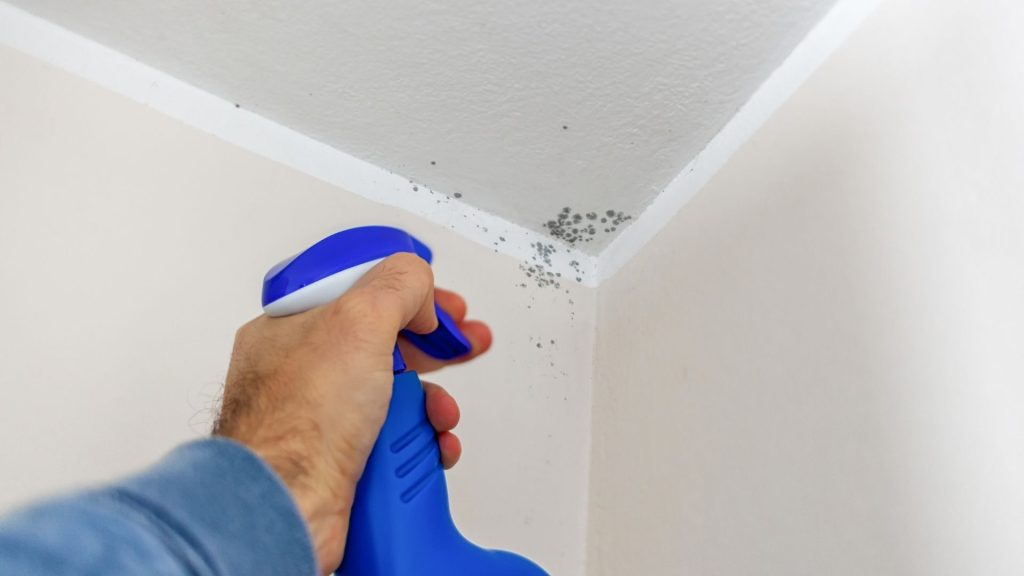
Bleach kills surface mold, but not deep mold.
This is a dangerous misconception.
On porous materials (wood, drywall, insulation), bleach:
- Kills surface stain
- Leaves the deeper mold alive
- Adds moisture, which feeds mold
For visible mold on drywall or wood, the safest approach is removal of the material, not cleaning.
How to Get Rid of Mold in Your Home

Here is the correct protocol, step by step:
1. Fix the Source of Moisture
Mold returns unless you fix what caused it.
Check for:
- Leaks under sinks
- Roof leaks
- Condensation around windows
- Dripping AC units
- Poor bathroom ventilation
- High indoor humidity
Your indoor humidity should be 45–55% year-round.
2. Improve Air Circulation
- Run bathroom fans for 2 hours after showering
- Use a kitchen hood when cooking
- Open windows when weather allows
- Avoid drying laundry indoors
3. Use an Air Purifier for Mold
Air purifiers with True HEPA filtration can capture mold spores as small as 0.3 microns.
This reduces:
- Allergy symptoms
- Spread of spores
- Mold regrowth
4. Clean Surface Mold Properly
Use:
- Vinegar for general cleaning
- Hydrogen peroxide for stubborn areas
- Specialized mold cleaners if needed
Avoid bleach on porous surfaces.
5. Remove Contaminated Materials
If mold has penetrated:
- Drywall
- Insulation
- Wood framing
- Carpet or padding
These materials must be removed and replaced. Cleaning isn’t enough.
6. Consider Professional Remediation

If:
- Mold covers more than 10 square feet
- The mold is black mold (Stachybotrys)
- Someone in the home has severe symptoms
- There was flooding or long-term leakage
Professional remediation is recommended.
Experts can test the air, identify species, and safely remove contaminated materials.
Final Thoughts: Understanding Your Mold Load
Mold is part of nature, but it doesn’t belong in your lungs.
The safest home is one where mold levels stay low, humidity is controlled, and indoor air is filtered properly.
Even small improvements, like better ventilation and a high-quality air purifier for mold can dramatically reduce your mold load.
If you’ve been feeling tired, congested, or unwell at home, don’t ignore the signs. Mold may not be dramatic or visible, but it affects your health far more than most people realize.

